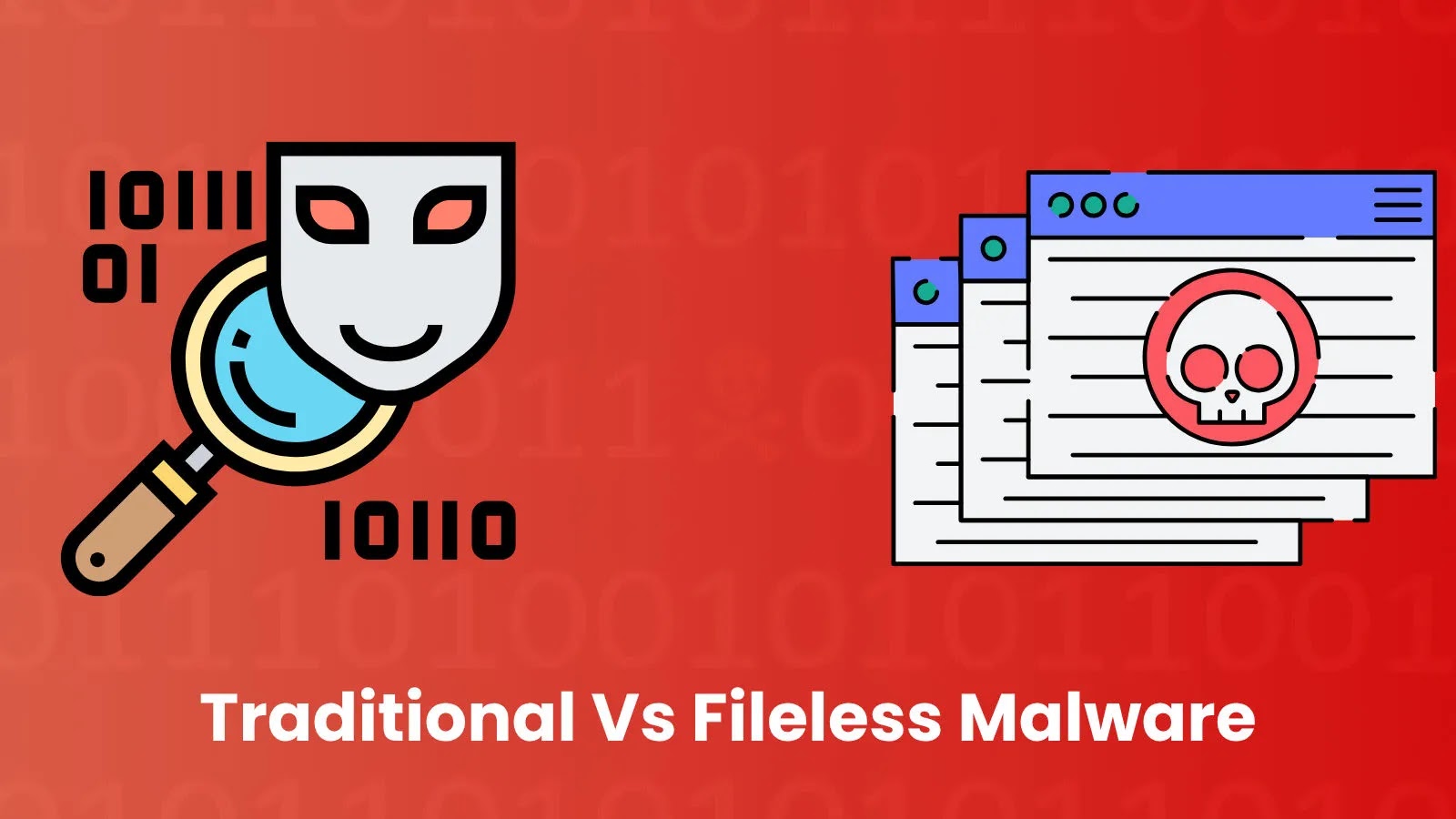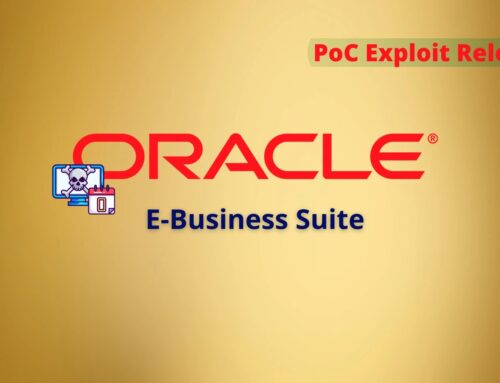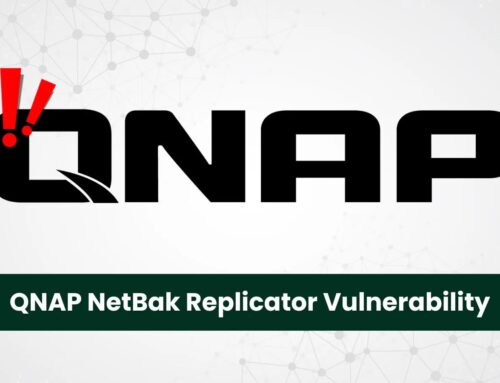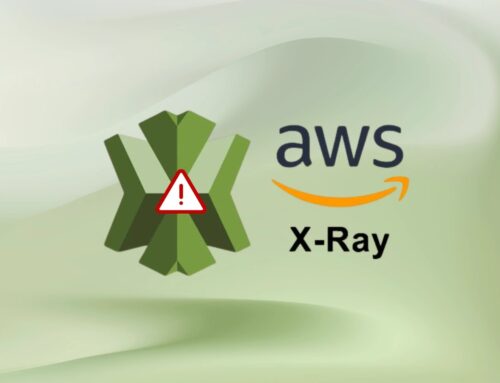
How Fileless Malware Differs From Traditional Malware Attacks
The cybersecurity landscape has undergone a profound transformation in recent years, with attack methodologies becoming increasingly sophisticated. Among these, fileless malware has emerged as a particularly insidious threat, starkly contrasting with the traditional malware attacks many security professionals are accustomed to. Understanding this fundamental difference is no longer optional; it’s critical for robust defense.
The Evolution of Malware: A Paradigm Shift
For decades, the modus operandi of malicious software was relatively straightforward: an executable file would land on a system, often disguised or hidden, and then proceed with its nefarious activities. These “traditional” malware variants left a distinct footprint, a file on the disk, making them detectable by signature-based antivirus solutions.
However, attackers constantly refine their techniques, driven by the desire to evade detection. This pursuit of stealth led to the development of fileless malware, a category of attacks that operates without ever writing a persistent file to the disk. Instead, these threats leverage legitimate system tools and processes, executing malicious code directly in memory.
Traditional Malware: Disk-Based Persistence
Traditional malware, by definition, relies on files to execute and achieve persistence. Common examples include:
- Viruses: Self-replicating programs that attach to legitimate programs and spread when those programs are executed.
- Worms: Standalone malicious programs that self-replicate and spread across computer networks.
- Trojans: Malicious programs disguised as legitimate software that secretly install backdoors or perform other harmful actions.
- Ransomware: Encrypts a victim’s files and demands a ransom payment, typically in cryptocurrency, for decryption.
These attacks often involve downloading an executable (.exe, .dll, .js, .vbs) to the victim’s device. Once on disk, the file can be scanned by antivirus software, and its unique signature can be flagged. Detection methods for traditional malware primarily center around:
- Signature-based detection: Matching file hashes or patterns to known malware definitions.
- Heuristic analysis: Identifying suspicious behaviors or code structures common to malware.
- Sandbox analysis: Executing suspicious files in an isolated environment to observe their actions.
Fileless Malware: The Memory-Resident Stealth Attack
Fileless malware represents a significant leap in attack sophistication. Its primary characteristic is the absence of a file written to the file system, making it incredibly difficult for traditional endpoint detection and response (EDR) and antivirus solutions to identify. Instead, fileless attacks exploit legitimate system functionalities and applications, often referred to as “living off the land.”
Key characteristics of fileless malware include:
- In-memory execution: The malicious code resides and executes solely in the system’s RAM, leaving no disc footprint.
- Leveraging legitimate tools: Attackers often use built-in Windows tools like PowerShell, Windows Management Instrumentation (WMI), or other scripting languages to execute commands and maintain persistence (e.g., creating scheduled tasks that invoke PowerShell scripts).
- Exploiting vulnerabilities: Fileless attacks can stem from exploiting vulnerabilities in browsers, applications, or even operating system components. For instance, a drive-by download could inject malicious code directly into a browser process, which then leverages PowerShell.
- Persistence via registry and scheduled tasks: While not writing files, fileless malware can achieve persistence by modifying registry keys or creating scheduled tasks that re-execute malicious code on reboot or at specific intervals.
A prime example of a technique often associated with fileless attacks is the use of PowerShell for malicious purposes. While PowerShell is a powerful and legitimate administrative tool, its flexibility makes it a favorite among attackers for executing code, downloading further payloads without touching disk, and exfiltrating data. Attacks like CVE-2017-0199, which exploited a remote code execution vulnerability in Microsoft Office, often involved fileless execution post-exploitation.
Detection Challenges and Remediation Actions
The inherent stealth of fileless malware poses substantial detection hurdles. Since there are no files to scan, signature-based approaches are largely ineffective. Remediation requires a shift in defensive strategy:
Enhanced Detection Strategies:
- Behavioral monitoring: Focus on monitoring anomalous process behavior, unusual script execution, and suspicious interactions between legitimate applications.
- Memory forensics: Analyzing system RAM for injected code, suspicious process threads, or unusual memory patterns can uncover fileless threats.
- Endpoint Detection and Response (EDR) solutions: Modern EDR platforms are designed to track processes, network connections, and system calls in real-time, offering insights into activities indicative of fileless attacks.
- Script logging and analysis: Implement comprehensive logging for PowerShell, WMI, and other scripting engines. Analyze these logs for obfuscated commands or unusual execution chains.
- Network traffic analysis: Monitor network traffic for command-and-control (C2) communications, even if the initial execution was fileless.
Remediation Actions:
- Implement Application Whitelisting: Restrict which applications and scripts are allowed to run on endpoints. This can significantly mitigate the ability of fileless malware to leverage legitimate tools.
- Harden PowerShell: Configure PowerShell to run in constrained language mode, enforce script block logging, and implement PowerShell logging via GPOs.
- Patch Management: Regularly patch and update operating systems and applications to close vulnerabilities that fileless malware often exploits.
- Least Privilege Principle: Ensure users and applications operate with the minimum necessary permissions to reduce the impact of a successful compromise.
- Regular Security Audits: Conduct frequent audits of system configurations, user accounts, and network activity to identify potential weaknesses.
- Employee Training: Educate users about phishing, social engineering, and safe browsing habits, as these are common initial vectors for fileless infection.
The Future of Endpoint Security
The rise of fileless malware underscores a critical shift towards more sophisticated, memory-resident attacks. Organizations can no longer rely solely on traditional, signature-based antivirus solutions. A layered security approach, incorporating advanced EDR, stringent patching, behavioral analytics, and robust identity and access management, is essential to defend against these elusive threats.
Understanding the fundamental differences between traditional and fileless malware arms security professionals with the knowledge to adapt their defenses. The challenge lies in proactive monitoring and establishing a security posture that can detect and mitigate threats that leave minimal forensic footprints.





